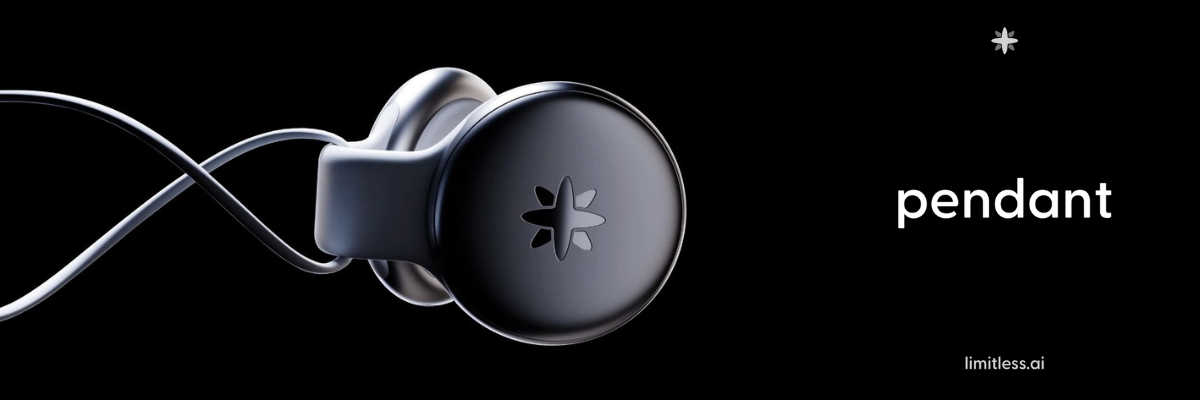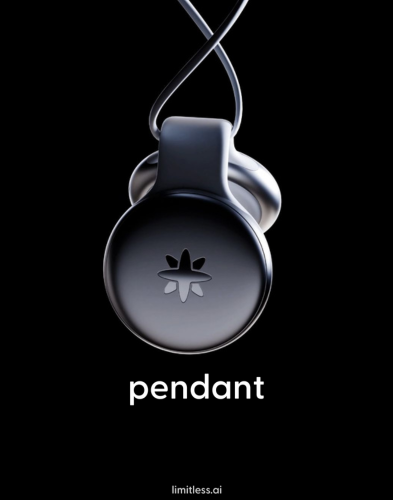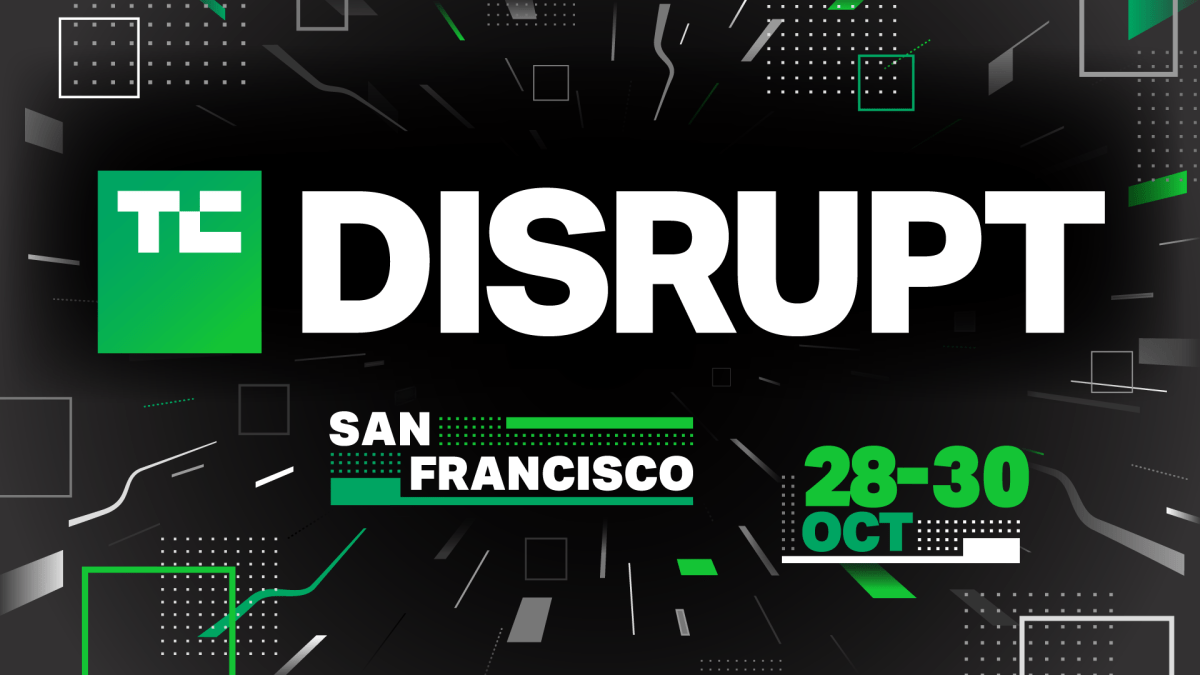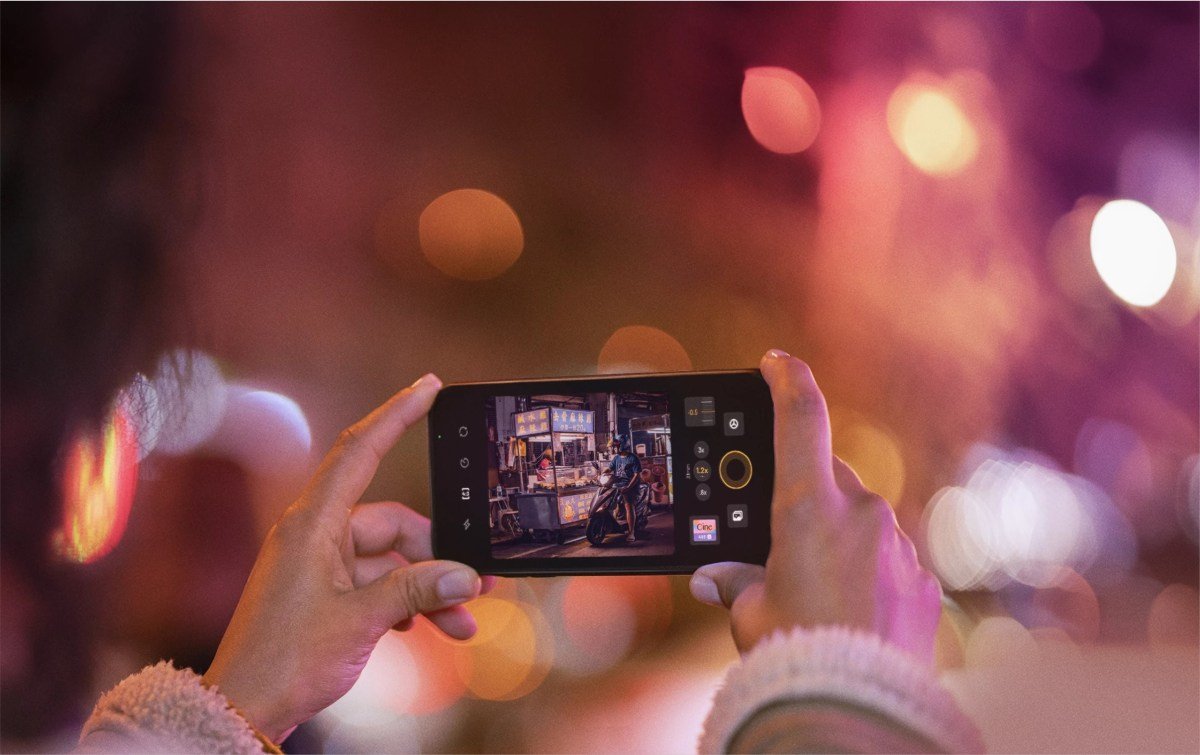India leads the way on Google’s Nano Banana with a local creative twist

Google’s Nano Banana image-generation model, officially known as Gemini 2.5 Flash Image, has fueled global momentum for the Gemini app since launching last month. But in India, it has taken on a creative life of its own, with retro portraits and local trends going viral — even as privacy and safety concerns begin to emerge.
India has emerged as the No. 1 country in terms of Nano Banana usage for now, according to David Sharon, multimodal generation lead for Gemini Apps at Google DeepMind, who spoke at a media session this week. The model’s popularity has also propelled the Gemini app to the top of the free app charts on both the App Store and Google Play in India. The app has also climbed to the top of global app stores’ charts, according to Appfigures.
Given India’s scale — the world’s second-largest smartphone market and second-biggest online population after China — it is no surprise the country is leading in adoption. But what is catching Google’s attention is not just how many people are using Nano Banana, it is how: Millions of Indians are engaging with the AI model in ways that are uniquely local, highly creative, and in some cases, completely unexpected.
One of the standout trends is Indians using Nano Banana to re-create retro looks inspired by 1990s Bollywood, imagining how they might have appeared during that era, complete with period-specific fashion, hairstyles, and makeup. This trend is local to India, Sharon told reporters.
A variation of the retro trend is what some are calling the “AI saree,” where users generate vintage-style portraits of themselves wearing traditional Indian attire.

Another trend local to India is people generating their selfies in front of cityscapes and iconic landmarks, such as Big Ben and the U.K.’s retro telephone booths.
“We saw a lot of that in the beginning,” Sharon said.
Techcrunch event
San Francisco
|
October 27-29, 2025
Indian users are also experimenting with Nano Banana to transform objects, create time-travel effects, and even reimagine themselves as retro postage stamps. Others are generating black-and-white portraits or using the model to visualize encounters with their younger selves.
Some of these trends did not originate in India, but the country played a key role in helping them gain global attention. One example is the figurine trend, where people generate miniature versions of themselves, often placing them in front of a computer screen. The trend first emerged in Thailand, spread to Indonesia, and became global after gaining traction in India, Sharon said.

In addition to Nano Banana, Google has observed a trend where Indian users are utilizing its Veo 3 AI video-generation model on the Gemini app to create short videos from old photos of their grandparents and great-grandparents.
All of this has helped drive Gemini’s popularity on both the App Store and Google Play in India. Between January and August, the app saw an average of 1.9 million monthly downloads in the country — about 55% higher than in the U.S. — accounting for 16.6% of global monthly downloads, per Appfigures data shared exclusively with TechCrunch.
India downloads have totaled 15.2 million this year until August; the U.S., on the other hand, has had 9.8 million downloads so far this year, per Appfigures data.
Daily downloads of the Gemini app in India significantly surged following the release of the Nano Banana update, beginning on September 1 with 55,000 installs across both app stores. Downloads peaked at 414,000 on September 13 — a 667% increase — with Gemini holding the top overall spot on the iOS App Store since September 10 and on Google Play since September 12, including across all categories, Appfigures data shows.

Despite India leading in downloads, the country does not top in-app purchases on the Gemini app, which has generated an estimated $6.4 million in global consumer spending on iOS since launch, per Appfigures. The U.S. accounts for the largest share at $2.3 million (35%), while India contributes $95,000 (1.5%). However, India posted a record 18% month-over-month growth in spending, reaching $13,000 between September 1 and 16 — compared to an 11% global increase during the same period. That puts India seven percentage points above the global rate and more than 17 points ahead of the U.S., where growth was under 1%.
That said, as with other AI apps, there are concerns about users uploading personal photos to Gemini to transform their appearance.
“When a user asks us to fulfill their query, we do our best to fulfill that query. We don’t try to assume what the user’s intent is,” Sharon said while addressing questions on how Google is dealing with data misuse and privacy concerns among users in India and other top markets. “We’ve really tried to improve that, and we have improved that to be bold and fulfil your request.”
Google places a visible, diamond-shaped watermark on images generated by the Nano Banana model and also embeds a hidden marker using its SynthID tool to identify AI-generated content. SynthID allows Google to detect and flag whether an image was created using its models.
Sharon told reporters that Google is testing a detection platform with trusted testers, researchers, and other experts. The company also plans to launch a consumer-facing version that would allow anyone to check whether an image is AI-generated.
“This is still day one, and we’re still learning, and we’re learning together. There are things that we might need to improve on in the future, and it’s really your feedback from users, press, academia, and experts that helps us improve,” Sharon said.










